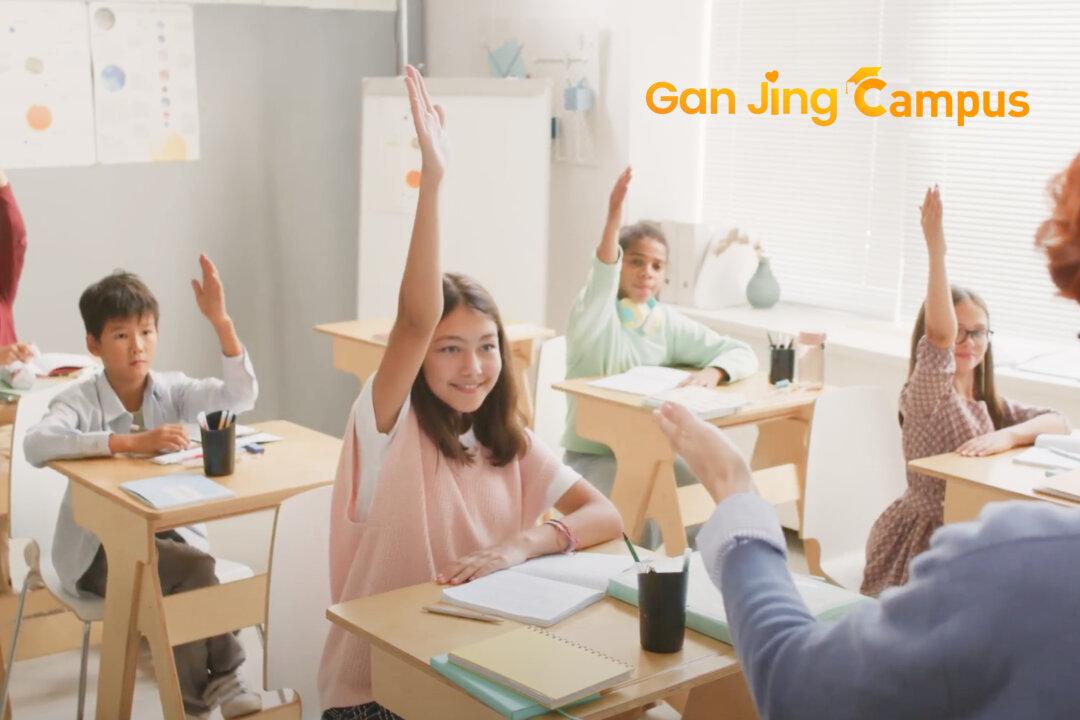A hyperactive second grader is famous at his school. By leaving his seat and talking a lot, he distracted other students and dragged entire lessons into chaos.
Adel Mansilla, his Spanish teacher, remembered often having to take a deep breath before teaching his class.




